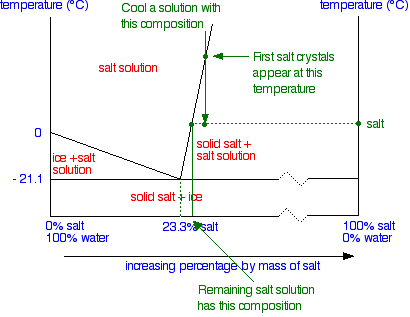About -10F. But air temp is critical, as is traffic volume (traffic heats and abrades).
Any Provinces in Canada with residential roads - and afaik all northern and bordering States in the US - at least salt the bridge decks and higher speed intersections to dry them in advance of a predicted cold snap.
Salt makes a big difference during the transitions from cold and damp to ice on the road (would-be ice runs off, under the effects of grade and traffic) On sidewalks and the like it will roughen the surface even if it doesn't get rid of the ice completely - safety.
It can get pretty sophisticated - there is more than one kind of "salt"; you don't want the stuff washing into nearby lakes and rivers; if you salt a deeper snow in the evening and don't get a good dry, a hard overnight cold snap can freeze the badlands you created into something even a plow won't take out completely; different road surfaces and sun exposures affect drying; and so forth. The road and airport crews in the northern US often carry serious expertise in management.


